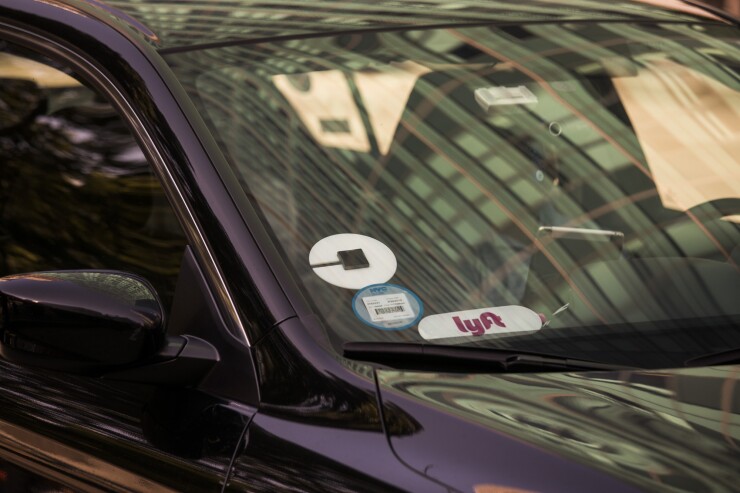WASHINGTON —The gig economy is growing, with freelance workers already making up one-third of the U.S. workforce — a figure that may rise to 50% by 2020, according to some forecasts.
The Bureau of Labor Statistics estimates around 10.6 million workers cite contract work as their primary source of income, but many don't have access to traditional benefits. Portable benefits may be a solution to this problem and could be a growing option for the nontraditional employee.
Libby Reder, a senior fellow in the future of work at the Aspen Institute, says some portable benefits are already available, including through the Affordable Care Act, which provides healthcare benefits for contract workers.
The idea of portable benefits provides various solutions, she said, speaking at an economic opportunities forum Wednesday hosted at the Aspen Institute. She said these benefits share three attributes:
- They’re portable – individuals can take form job to job as they’re connected to individual, not the employer.
- They’re prorated – meaning contributions to benefits funds can be made on the basis of hours worked or other productive units (such as per trip if it’s a ride-share program) and multiple employers can support these benefits at the same time or over time.
- They’re universal – available to workers regardless of the work arrangement.
For example, she pointed to the Black Car Fund created by New York State. There, a 2.44% surcharge on all black car rides in the state goes to the fund, which administers workers’ compensation and vision benefits for drivers. The fee is automatically charged to customers and doesn’t come out of the driver’s income.

But there is also an educational component for many of these independent workers to understand what it means to be a gig workers, added Jake Biscoglio, vice president of strategic growth initiatives at Prudential Financial.
“Gig workers are responsible to declare taxes,” he said. “Many are used to W-2 withholdings and they just don’t know what they don’t know. Part of our responsibility is to educate them and give the supports they need to hold back those funds.”
The challenge of accessing benefits isn’t just limited to gig workers. Many employees, particularly part-time employees, do not have access to benefits through their employers. As of 2018, the BLS reported 128.5 million full-time and 27.2 million part-time workers are in the U.S.
A recent initiative at Prudential called Covered, gives gig workers the ability to redirect a percentage of their income into an account to be used to pay future tax payments or to cover time away from work.
“Our starting point is trying to replicate what would exist in an employer-employee relationship by creating awareness and giving access,” he added.
There are some platforms that currently have in place programs for their independent workers to pick up some health and retirement benefits.
Hyr, a mobile app that allows hourly-paid workers in the retail and hospitality industry to pick up shifts, on demand, at businesses looking to fill last-minute needs, offers its users the ability to obtain portable benefits through the platform’s UPoints feature.
Workers using the platform can allocate these UPoints to be used toward PTO, healthcare, dental or retirement benefits, said Josh Karam, co-founder and CEO of Hyr.
“The challenge we see gig workers have are similar to us [non-gig workers],” he added. “It’s about budgeting and savings and recognizing you don’t want to have too much month at the end of the money.”





